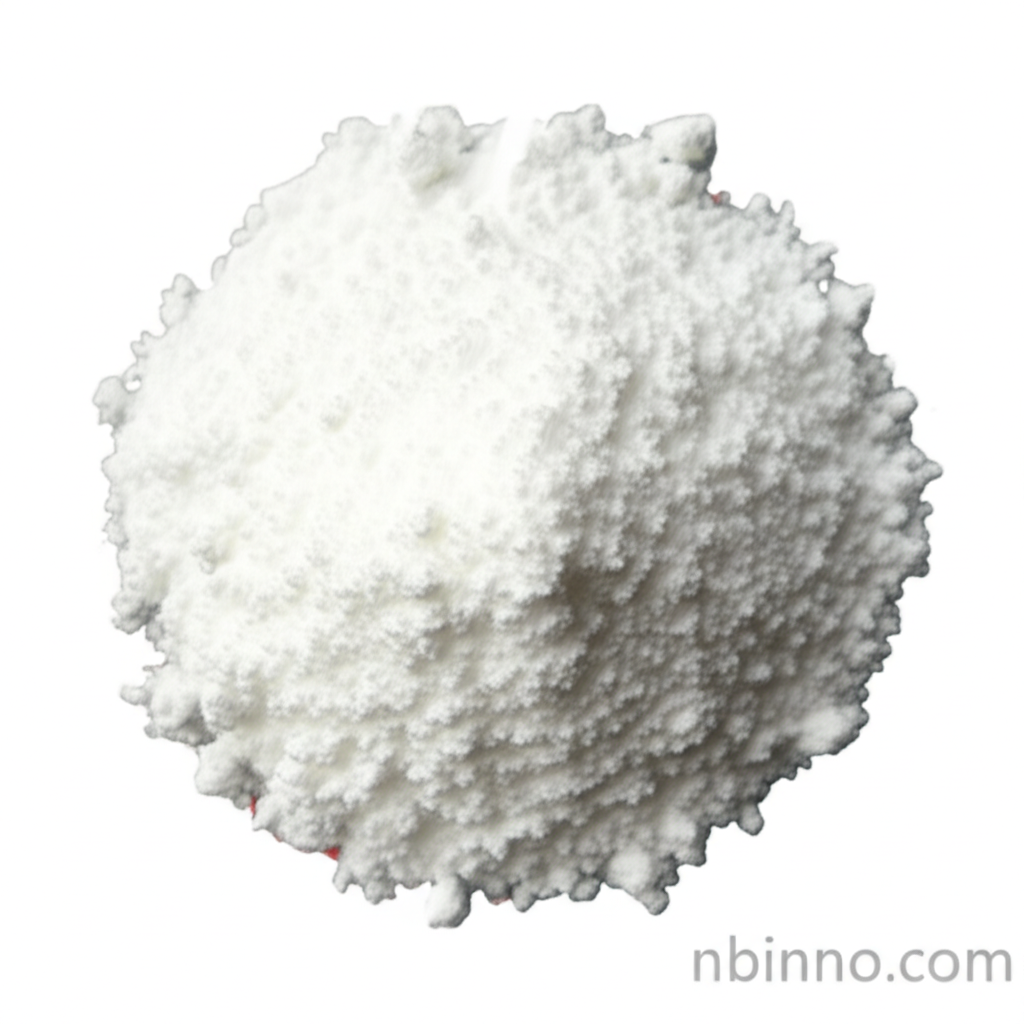3-Bromo-9-phenylcarbazole (CAS 1153-85-1): Your Gateway to Advanced Electronic Materials
Unlock cutting-edge solutions with our high-purity 3-Bromo-9-phenylcarbazole, essential for next-generation photoelectric and organic electronic applications.
Get a Quote & SampleProduct Core Value

3-Bromo-9-phenylcarbazole
As a critical intermediate for the synthesis of photoelectric materials, 3-Bromo-9-phenylcarbazole plays a vital role in the advancement of modern electronics. Its specific chemical structure and high purity make it an indispensable component for researchers and manufacturers in the organic electronics sector.
- Leverage the power of 3-Bromo-9-phenylcarbazole synthesis to create novel organic semiconductor materials. This compound serves as a foundational building block for high-performance electronic devices.
- Discover the utility of this CAS 1153-85-1 chemical intermediate in developing efficient OLED displays, enhancing brightness and color accuracy in consumer electronics.
- Utilize 3-Bromo-9-phenylcarbazole as a key intermediate for photoelectric material synthesis, contributing to the development of next-generation solar energy technologies.
- Explore the applications of this carbazole derivative in organic synthesis, paving the way for innovative materials with tailored electronic properties.
Advantages Provided by the Product
Exceptional Purity for Reliable Performance
Benefit from the 99% min purity of 3-Bromo-9-phenylcarbazole, ensuring consistent and reliable results in your advanced material synthesis and electronic applications.
Versatile Organic Electronics Intermediate
This compound is an ideal choice for organic electronic material precursor, supporting the development of innovative solutions in displays, lighting, and energy harvesting.
Facilitates Advanced Material Synthesis
As an important intermediate for photoelectric materials, it enables the creation of specialized compounds crucial for high-performance devices, embodying the essence of advanced organic semiconductor synthesis.
Key Applications
OLED Material Development
As a crucial component in the synthesis of OLED materials, this compound helps improve the efficiency and longevity of displays used in smartphones, televisions, and other electronic devices.
Organic Photovoltaic Cells
Its role as an intermediate in organic solar cell development contributes to more sustainable energy solutions by enhancing energy conversion efficiency and device stability.
Organic Synthesis Building Block
Researchers utilize this chemical as a versatile building block for creating more complex molecules, opening new avenues in chemical research and materials science.
Pharmaceutical Intermediates
Beyond electronics, it serves as a key intermediate in the synthesis of various pharmaceutical compounds, aiding in the development of new medications.
